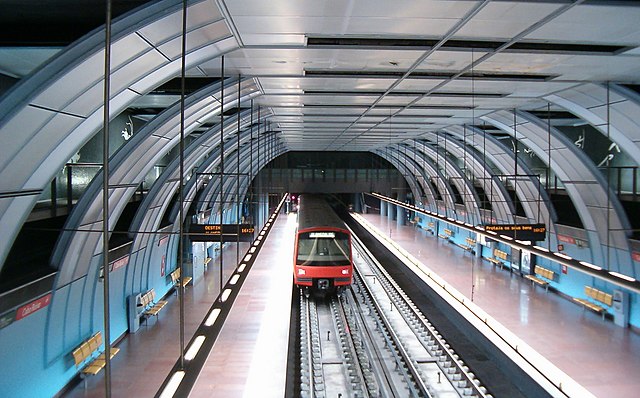Lisbon
municipality and capital city of Portugal From Wikipedia, the free encyclopedia
Remove ads
Lisbon (Portuguese: Lisboa) is the capital city of Portugal. It is the largest city of Portugal. The city has a population of about half million people. In Lisbon's urban area live around 2.8 million people, being the 10th-most populous urban area in the European Union.[2] Lisbon is placed on the right bank (western) of the Tagus River, near the outfall. It has a pleasant climate and has about 220 days of sunshine each year. There are many beautiful beaches close to the city. There are also many seafood restaurants, historical sites and monuments, being one of the oldest cities in the world.[3]
Remove ads
Geography
Civil parishes
The municipality of Lisbon have 24 freguesias (civil parishes).[4]
- Ajuda
- Alcântara
- Alvalade
- Areeiro
- Arroios
- Avenidas Novas
- Beato
- Belém
- Benfica
- Campo de Ourique
- Campolide
- Carnide
- Estrela
- Lumiar
- Marvila
- Misericórdia
- Olivais
- Parque das Nações
- Penha de França
- Santa Clara
- Santa Maria Maior
- Santo António
- São Domingos de Benfica
- São Vicente
Transportation
Metro

The Lisbon Metro connects the city centre to different districts, it also reaches some suburbs around the Lisbon metropolitan area, like Amadora and Loures.
Trams

Trams are a traditional public transport in Lisbon. It was first introduced in 1901, many of the electric trams were originally imported from the US,[5] and were called americanos. Trams in Lisbon are coloured yellow and is one of the tourist icons of the city, and their size is great for steep hills and narrow streets of the central city.[6][7]
Remove ads
Related pages
References
Other websites
Wikiwand - on
Seamless Wikipedia browsing. On steroids.
Remove ads





